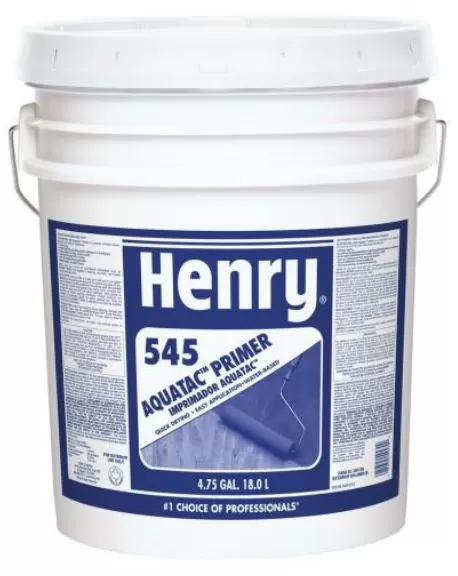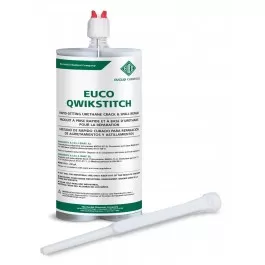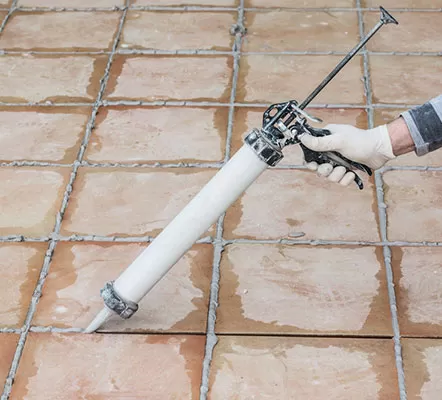Blog
5 Must-Know Tips on Exterior Caulking
Exterior caulking has become a popular DIY project. However, the process of applying caulk or eliminating older material requires preparation and skill, and exterior caulking is distinct from caulking indoors. Having said that, below are five tips that will give you the results you want.
Use Consistent and Smaller Beads Instead of a Single Long Line
Novices will often use their caulk gun for adding a single line that is uniform across the gap to obtain a smooth appearance. However, when you do it this way after reaching the end, you’ll probably have to reset your trigger since it might be completely depressed; a better solution is to continually apply short beads which complement the remaining work, that way the end result will be more consistent.
Determine Your Paint Requirements
If you intend to repaint an area you’re caulking in the future, take this into consideration when selecting the caulk. The reason is that some caulk products don’t allow painting over them, and by choosing a product such as smooth silicone future paint products may be foiled because the caulk will repel paint.
Know the Difference between Necessary Filler and Intentional Gaps
The purpose of caulk is to seal cracks, holes and gaps, but this doesn’t mean such areas must always be caulked. A common error that is made when caulking the exterior is sealing things that should be left open. An example of this is weep holes in your window that are designed to help it breathe. Likewise, avoid caulking your siding nails and any garage door component other than its trim. All these areas need breathing space and must contract or expand based on the weather to minimize wear.
Verify that the Caulk is Designed for the Exterior
Not every caulk product is designed to be used outdoors. Exterior-specific caulk tends to be flexible and highly resistant to moisture which means it can handle rain. Though no brand of caulk can last indefinitely, you’ll want the longest-lasting exterior product you can afford which preferably uses silicone as one of its ingredients.
Factor in the Weather
Before caulking your home’s exterior, be sure to take the local weather conditions into consideration. Caulk is designed to keep buildings cool during summer and warm during the winter, but some brands are sensitive to certain temperatures. For your home’s exterior, select caulk which is flexible that way when temperatures change it can shrink and expand accordingly.
Also keep in mind that caulk requires time for drying and curing, which may take up to twenty-four hours depending on the type. If the caulk is applied during humid or rainy weather conditions, it won’t cure as well and its seal might not be as effective as you like. Colder days can also make it more challenging for caulk to cure, so ideally you want to apply it when temperatures are moderate. If you must apply the caulk during winter, you will have to take additional precautions like keeping it warm indoors at a temperature of around forty degrees Fahrenheit during application.




